varicose veinsphlebeurysm- This is a systemic pathological change in the veins, which is accompanied by their expansion, lengthening, bending and formation of knots, which disrupts the work of the venous valves and disrupts blood flow.
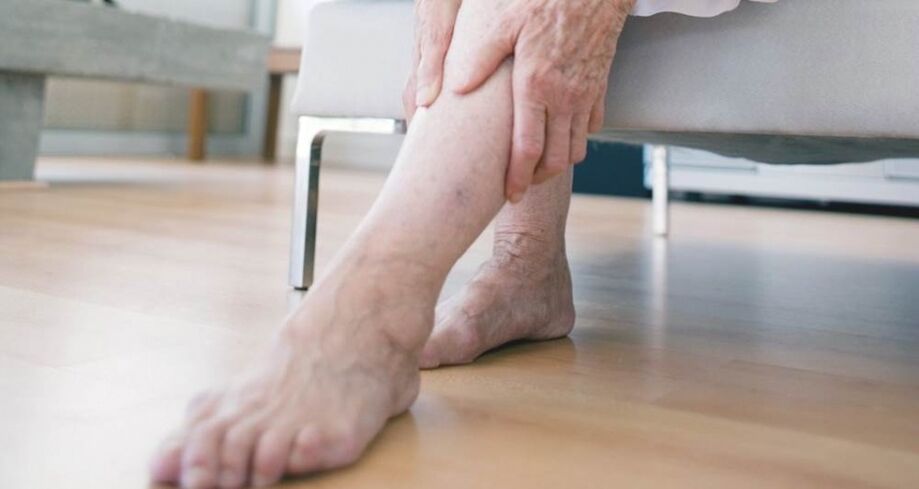
A change in blood flow almost always leads to changes in the body. The movement of blood in the veins depends not only on the condition of the vessel wall, but also on the condition of the venous valve, the work of which creates the movement of blood, which regulates the direction and force of the flow.In healthy veins there is a certain balance between vein thickness, vein tone and valvular activity.. When one of these elements changes, the load on the others increases. For example,When the valve fails, blood flow slowsa larger volume of fluid begins to accumulate in the veins, as a result of which the load on the walls increases, which subsequently lose their elasticity and stretching. All of these changes can lead to blood stasis in the lower extremities, causing inflammation, pain, and swelling due to tissue malnutrition.
Symptoms of varicose veins
Pain is one of the earliest symptoms that can appear at any age and should be treated.
- At stage 1:Discomfort occurs at the end of the working day, tingling and burning in the legs may be present. This indicates an increased load on the venous system of the legs.
- In phases 2 and 3:the appearance of pulling pains and spasms of the calf muscles.
- In 4 stages:Severe pain of a tense and arching character, causing lameness.
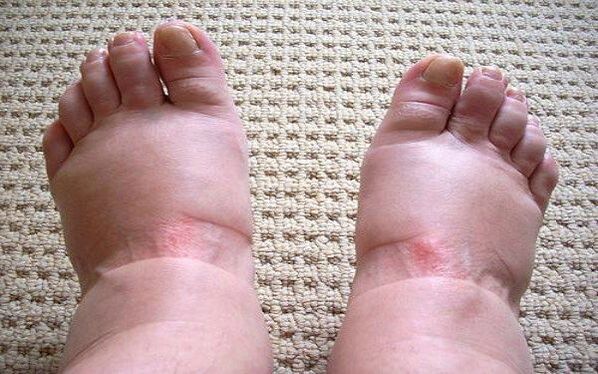
edemaare also among the symptoms of this disease and can occur in the early stages. UsuallyEdema has different degrees of severity on different legs, since absolutely identical violations are rare. Varicose veins in the legs should be distinguished from edema in heart failure.
itching- one of the most common symptoms after pain. It can also occur in the early stages, but it is most commonly noticed in stages 2 and 3 of the disease.
Why do legs with varicose veins itch?
Thatassociated with the expansion of the vascular wall and the response of the nervous system in the tissues. Due to the expansion of the vein, it presses on the surrounding vessels and capillaries, which can damage them, and the nerve endings transmit these sensations as itching, or the effect on the nerves is direct.
It's worth mentioningItching will be internaland most of the time will not bring any relief if you try to influence it with external means.
What do varicose veins on the legs look like?
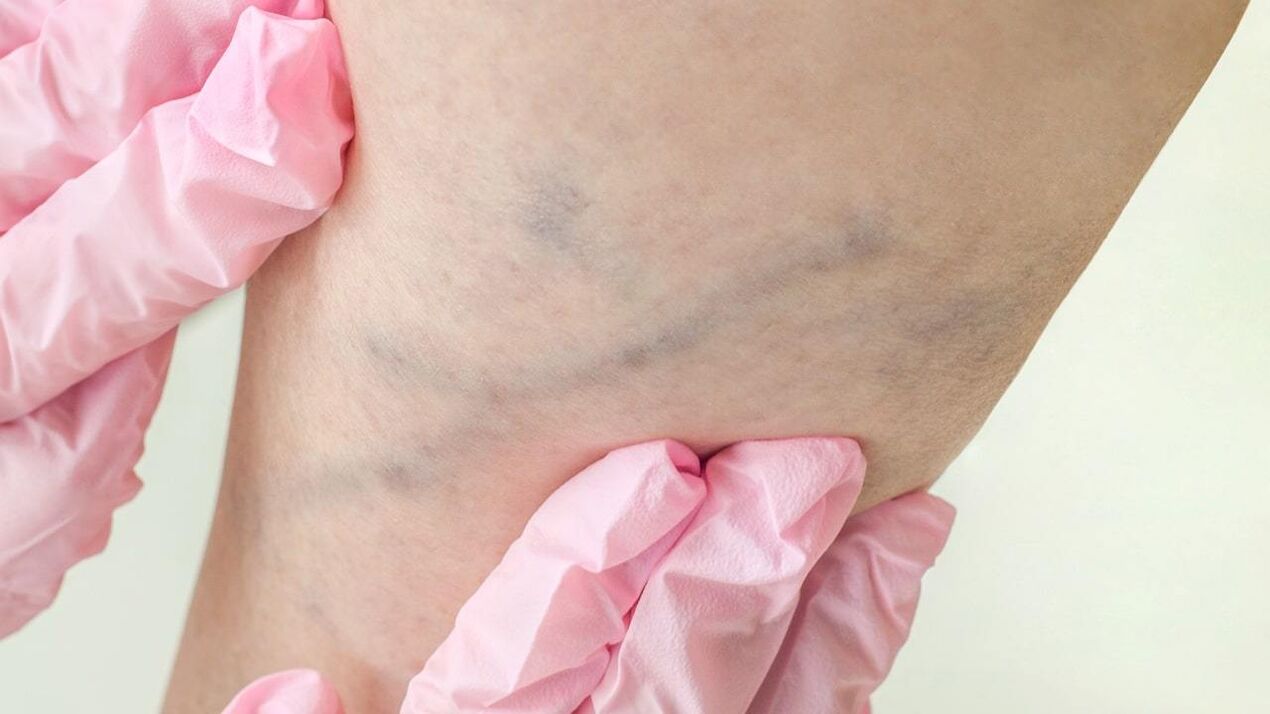
You need to know the answer to this question and have some ideas about the disease, so as not to prematurely panic and start treating a non-existent disease.
In addition to physical symptoms, the disease is also manifested by external signs:
- Fine blue mesh on the legsThis is not a reason to panic, since it symbolizes the defeat of superficial vessels, but if it increases in area, becomes brighter or protrudes, this is a direct way to an appointment with a specialist and a lifestyle review.
- bruises and bruisesmay indicate damage to the vessel and subcutaneous hemorrhage, this is due to a heavy load on the veins. Usually this symptom indicates the progression of the disease.
- The appearance of red spots on the legs, peeling of the skin and its thinning speak of atrophic processes characteristic of the last stages of the disease.
Prevention and treatment of varicose veins
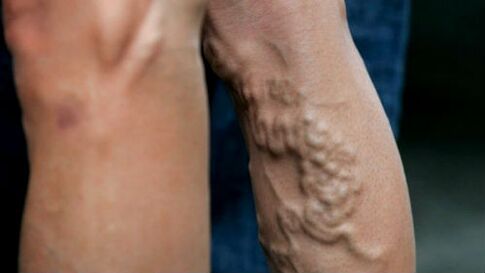
The main measures and procedures for the prevention and treatment of varicose veins:
- Recommendedmove activelyEvery day. Walking, yoga and running are very useful sports for lower extremity vein health.
- Prolonged standing increases the stress on muscles and veins.
- Avoid a cross-legged pose, it compresses the veins and impairs blood circulation.
- Don't get too carried away by hot bathsand saunas, prolonged exposure to high temperatures adversely affects the tone of the walls of blood vessels.
- Don't wear tight pants, prefer loose clothing and comfortable underwear.
- Bad habits, and especially smoking - have a negative effect on the tone of the walls of blood vessels.
- Light foot massageis good prevention.
- Continuousprofessional visitin case of an existing problem is also required.
Prevention of varicose veins in the legs in women
- Pay attention to the stocking elements of your wardrobe. CostsAvoid socks and stockings with elastic bands that are too tightpulling on the leg.
- The choice of shoes should also be taken seriously:High heels should not be worn every day, also be sure to choose shoes with straps and ropes, especially at the ankle.
Treatment of varicose veins
The treatment must beunder the supervision of a phlebologist. After laboratory and instrumental diagnostics, the specialist determines the degree of the disease and prescribes treatment.
There are several methods of treatment: drug therapy, surgery, exercise therapy.
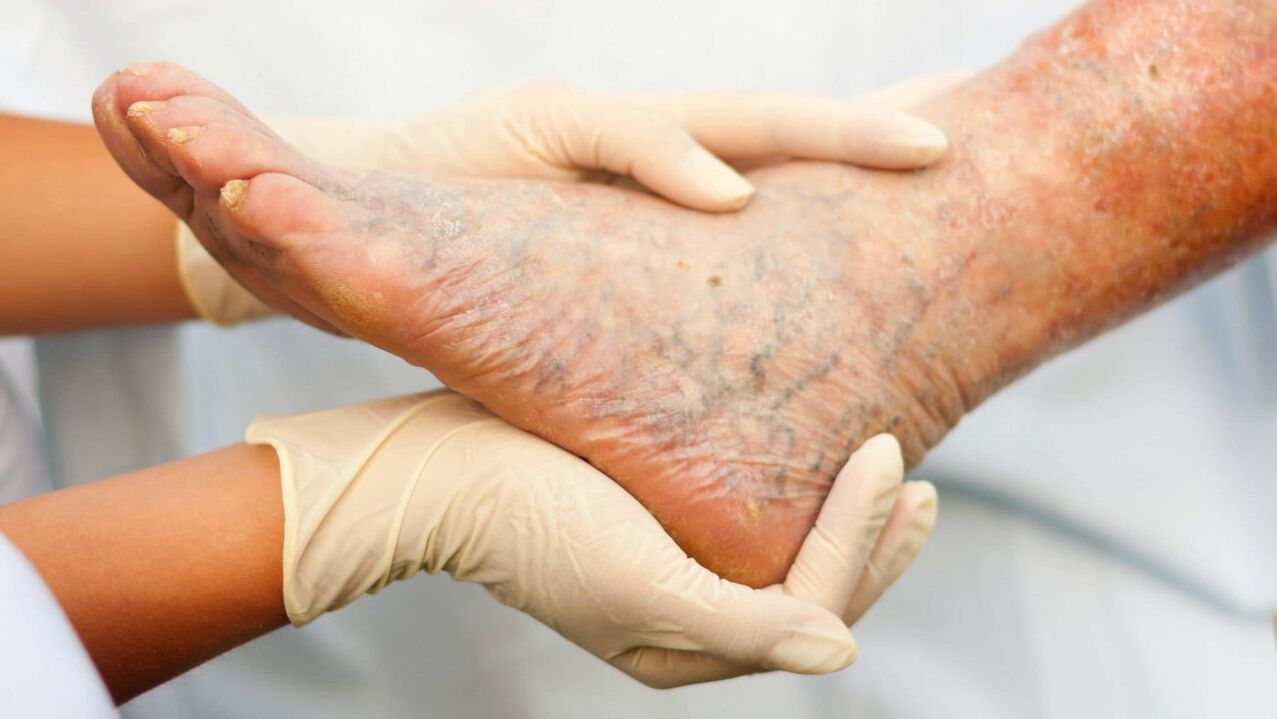
Drug therapy includes:
- anticoagulants (used to thin the blood);
- Platelet aggregation inhibitors (prevention of thrombus formation and improvement of tissue nutrition);
- venotonics;
- Nonsteroidal anti-inflammatory drugs for severe pain and inflammation.
Surgery includes:
- Laser coagulation method: eliminates surface defects in the form of surface meshes and stars;
- Sclerotherapy: "gluing a vein" by introducing special substances and shutting off the blood circulation;
- Phlebectomy: surgical removal of a vein.
Exercises for varicose veins on the legs
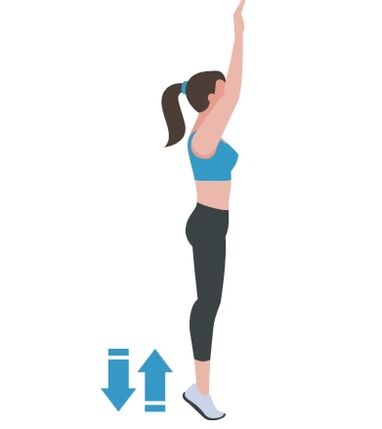
Regular physical activity and exercise will help to cope with varicose veins.
- Standing position, feet shoulder-width apart, hands on body.We stand on tiptoe, hold this position for 2 seconds and drop sharply onto your heels.
- Standing position, hands resting against a wall or on the back of a chair, roll from heels to toes and vice versa for 2 minutes.
- A useful exercise would bewalk on the spot, Socks do not come off the floor. Also usefulWalking on toes or heels.
- Lying position, raise legs and runmovement "bicycle".
- Sitting position: alternatelybend and straighten your legs, then feet.
Folk remedies for varicose veins on the legs
Treatment with herbal active ingredientsmany doctors prescribe in combination with the main drug or exercise therapy. She is also welcome in the early stages of the disease, when the course of the disease has not yet begun.
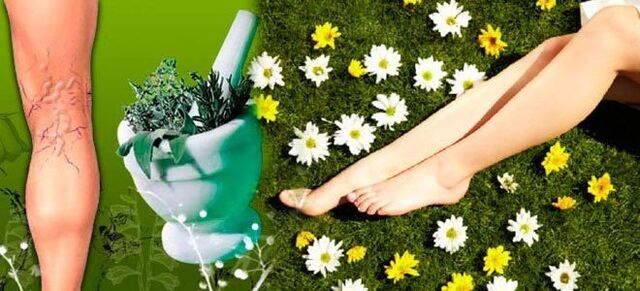
What foods are best for vein health?
- nutmeg. It is welcome as dietary supplements, decoctions and tinctures.
- lemon: tinctures, sodas, oils.
- Ginger: very useful in combination with lemon, also decoction, tincture, compresses.
- compressedwith white cabbage, oils, honey on more painful places relieve the symptoms.
- When aswollen leg from varicose veins: A compress of aloe, burdock helps reduce swelling. In combination with this, they give a good effect.Decoctions of cranberries, wild rose, cumin, thyme, oregano.
Folk remedies for varicose veins in the legs contribute to a speedy recovery and do not cause complications that can lead to drug treatment.
The most important thing in the treatment is to understand that in advanced cases, folk remedies therefore do not have a strong effectneed to consult a specialistand do not choose the treatment yourself.
If this disease occurs in an elderly person, he will need help to properly carry out exercise therapy (which will be an integral part of therapy), since exercises can be different for older people.
Likewise, it is necessary to choose correctly and in a timely mannerdrug therapyto avoid additional complications on the body. For example,The result of improper treatment can be thrombosis of the superficial and deep veins, as a result of which severe inflammation and even necrotic processes can develop, which can develop long-healing trophic ulcers.
To avoid dangerous complications, seek the advice and help of specialists, especially if you cannot independently control the treatment and follow all the necessary recommendations.














































